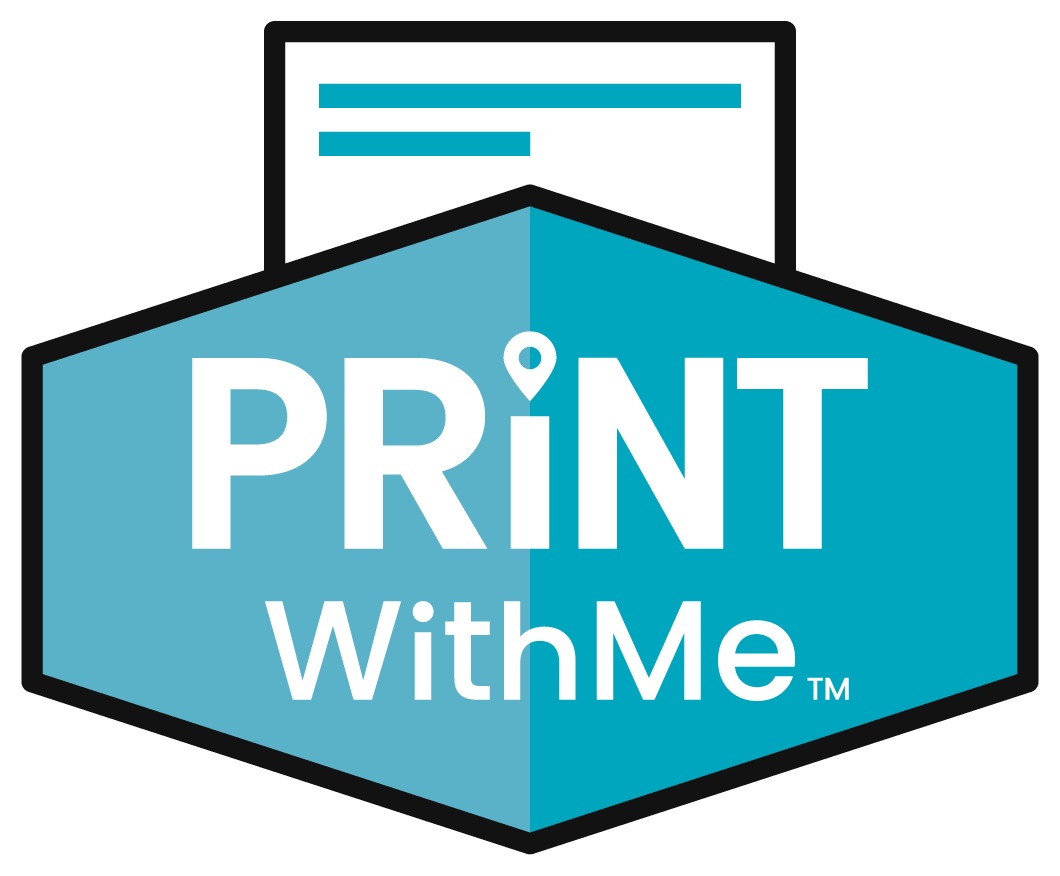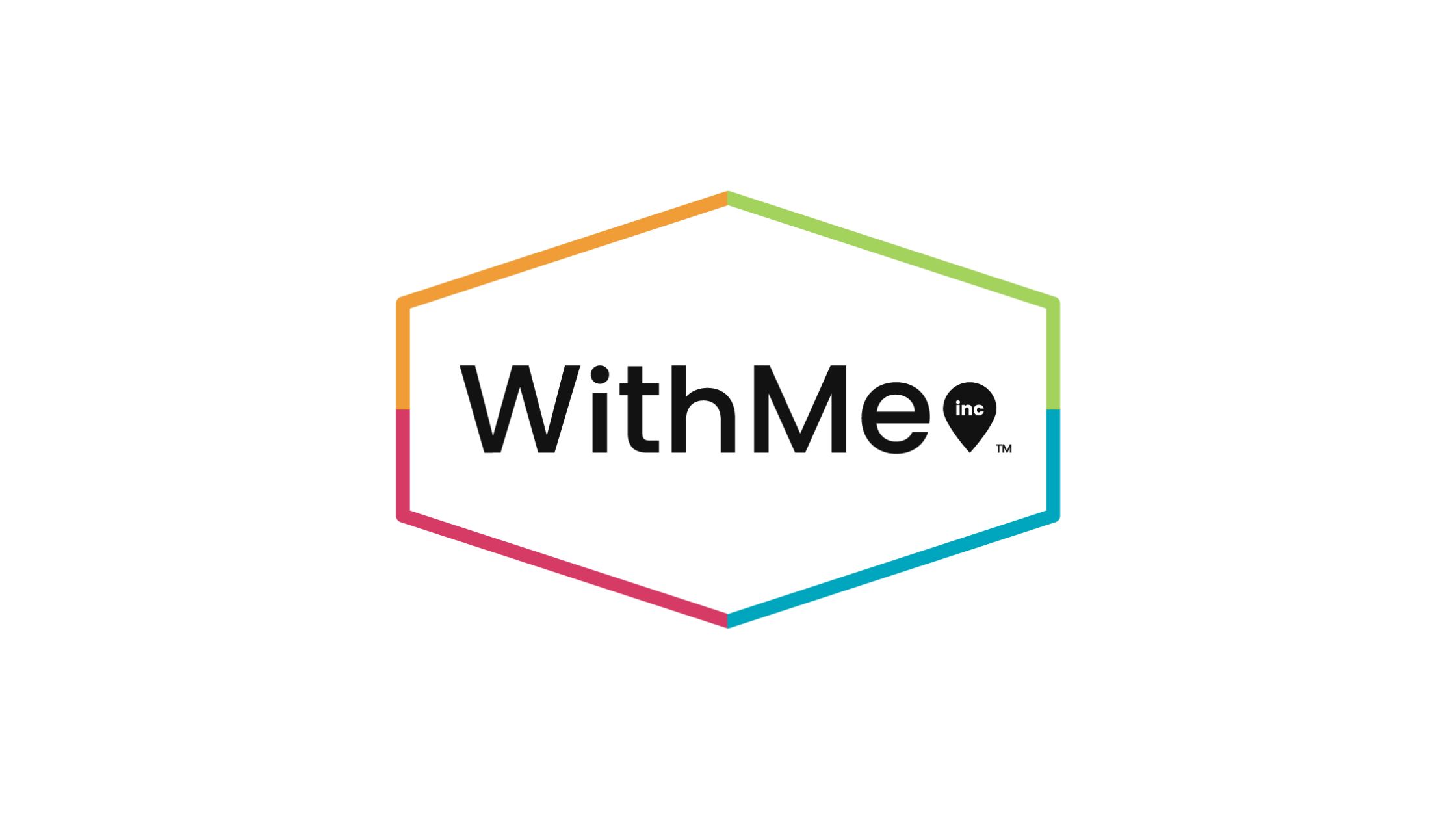Property management isn’t just about managing spaces. It’s about fostering environments where residents feel a genuine sense of belonging.
Science has proven there’s a simple, yet powerful way to instantly cultivate connectedness and trust – and it’s physical warmth.
In this blog, we’ll explore a scientific study that sheds light on the link between tactile temperature and feelings of interpersonal warmth (that pleasant, content feeling you get during a positive interaction with someone).
Understanding this connection can be the secret to building stronger multifamily communities – and at the end of this blog, we’ll share one simple trick that can revolutionize your community-building efforts.
The Origins
The concept of “warm” and “cold” personalities dates back to 1946, when researcher Samuel Asch demonstrated the transformational power of using the two terms as personality traits in first impressions.
Simply stated, when you meet someone, your brain almost immediately decides whether that person is warm and friendly, with good intentions, or cold and distant, with negative intentions.
The “warm-cold dimension,” along with competence, are the two main components of a first impression. The warm-cold assessment is the immediate “first pass” as to whether someone is a friend or a foe, and competence is the “second pass” evaluation of whether someone has the capacity to act on the intentions you perceive.
So why do we naturally use terms like “warm” or “cold” to describe people? Asch hinted at something interesting – our brains love drawing from concrete physical experiences to make sense of abstract psychological concepts.
Think about it. When you hold a hot cup of coffee, it feels comforting, right? That physical warmth activates memories of other feelings related to warmth, including trust and comfort. Take formative early experiences with caretakers who provide shelter and safety, for example.
In plain talk, if you’ve got a toasty beverage in your hand, you’re more likely to feel connected and trust the people around you. Conversely, if you’re cold, you’ll feel more distant and guarded.
The Science
Now, let’s delve into the neuroscience of it all.
Research has proven that the insular cortex, a region of the brain, processes both the physical and the psychological versions of warmth information.
To put it simply, the insular cortex is involved in both feeling warm physically and deciding if someone is trustworthy or not. It’s like your brain saying, “I feel safe and warm – this person must be okay.”
The Study
In 2008, based on Asch’s theories and the knowledge of the insular cortex’s functions, a team of researchers set out to test the hypothesis that tactile experiences of physical warmth activate feelings of interpersonal warmth – and that interpersonal warmth subsequently influences judgments of and behavior toward other people.
In the first experiment, participants who were asked to briefly hold a cup of hot coffee perceived the person who handed it to them as significantly warmer than those who were asked to hold an iced coffee.
The second experiment extended these findings to participants’ own behavior. Under the guise of product evaluation, participants were asked to review a hot or cold therapeutic pad. As a reward for their review, participants were given the opportunity to select a gift certificate for themselves or gift one to a friend. Not surprisingly, 54% percent of heating pad evaluators gifted their reward, in comparison to only 25% of cold pad evaluators.
The Opportunities
At this point, you’re probably wondering how any of this relates to multifamily.
But, if you stop to think about it, understanding the immense impact of physical warmth on interpersonal perceptions and behavior can be a true game-changer for property management.
A coffee amenity, the ultimate source of physical warmth, may seem simple and unassuming, but it has the incredible power to build trust and likability in your community.
Want to immediately build rapport and trust with prospective residents? Hand them a warm drink before starting a tour.
Want to help residents build relationships? Host tasting events where everyone has a hot beverage in hand.
Want to generate a positive connection with your on-site team or candidates? Treat them to a warm drink during team-building activities and interviews.
Recognizing the profound influence of physical warmth on interpersonal warmth opens up exciting possibilities for community-building. With the help of coffee amenities like SipWithMe, property management leaders can turn the simple act of sharing coffee into a powerful tool for community development, making properties not just spaces to inhabit but communities to belong to.
Interested in cultivating connectedness with coffee at your property? Learn more about how SipWithMe can help you elevate your resident experience, decrease your operating expenses and build a stronger community.





